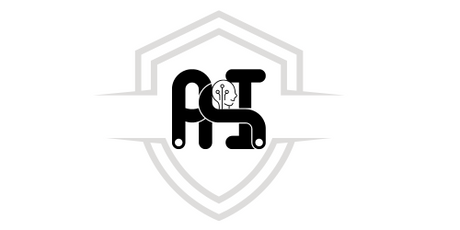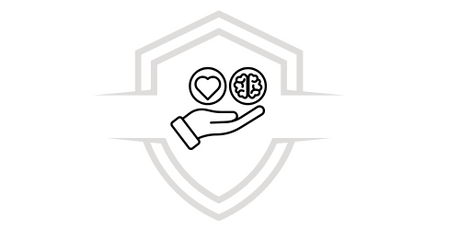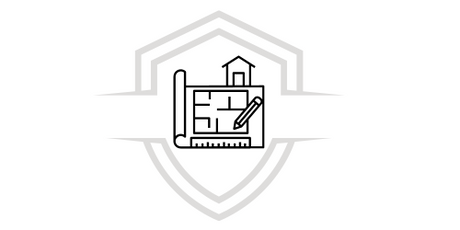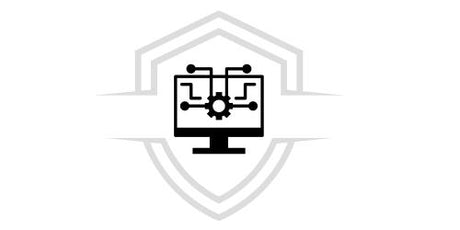Introduction
ChatGPT has become an essential tool in a variety of fields, from customer service to content creation. However, its use goes far beyond simple conversation. The integration of GPTs with a code interpreter and the ability to automate processes have opened up new possibilities for productivity and software development. In this article, we will explore how these technologies are changing the way we work and develop solutions.

What are GPTs and how do they work?
GPTs (Generative Pre-trained Transformers) are language models that have been trained on massive amounts of textual data. These models have the ability to understand and generate text in a coherent manner, making them useful in a wide range of applications. ChatGPT is one of the most well-known examples of GPTs, and has proven to be a powerful tool in content generation, customer support, and assistance with everyday tasks.
Evolution of GPTs
GPTs have evolved significantly since their first version. With each iteration, the ability of these models to understand context and generate accurate responses has improved. ChatGPT , for example, is capable of more fluid and natural conversations, making it ideal for applications that require human interaction.
Applications of GPTs in various fields
ChatGPT and other GPTs are used in a variety of fields. In marketing, they are used for generating SEO-optimized content. In technical support, these models can assist customers with quick and accurate responses. Additionally, in the field of education, ChatGPT can serve as a virtual tutor, answering questions and explaining complex concepts.

The role of the code interpreter in ChatGPT
One of the most exciting new features of ChatGPT is its ability to act as a code interpreter. This means that in addition to generating text, ChatGPT can parse and execute code snippets in various programming languages. This functionality is a huge step forward for developers and programmers, as it allows them to quickly test and debug code without having to switch between tools.
Benefits of using a code interpreter
Using a code interpreter in ChatGPT offers numerous benefits. First, it speeds up the development process by allowing immediate testing of code within the same conversation. This eliminates the need for context switching, which can be disruptive and time-consuming. Second, it allows non-technical users to learn and experiment with coding in a safe and controlled environment.
Code interpreter use cases
Developers can use ChatGPT with their code interpreter to debug errors, test new features, and automate repetitive tasks. For example, if a developer needs to verify the functionality of a specific feature, they can simply enter the code into ChatGPT and get immediate results. This not only saves time, but also reduces the margin of error.
Automations powered by ChatGPT
Automation is another area where ChatGPT is making a significant difference. When combined with automation tools, ChatGPT can help perform routine tasks more efficiently. This includes everything from scheduling meetings to automatically generating reports.
Automation of repetitive tasks
With ChatGPT , businesses can automate repetitive tasks that would otherwise consume valuable time. For example, ChatGPT can be programmed to respond to common emails, generate meeting summaries, and update databases with new information. These automations not only improve efficiency, but also free up time for employees to focus on more strategic tasks.
ChatGPT integration with automation tools
The true power of ChatGPT is revealed when it is integrated with other automation tools. For example, it can connect with customer relationship management (CRM) systems to automatically update customer records based on previous interactions. It can also be integrated with project management platforms to automatically create and assign tasks based on conversations that occur within the tool.

Impact on productivity and software development
The combination of ChatGPT , a code interpreter, and automation is having a significant impact on productivity and software development. These tools allow teams to work more efficiently, reduce errors, and speed up the development cycle.
Acceleration of the development cycle
By using ChatGPT and its code interpreter, developers can significantly speed up the development cycle. They can test and refine code in real-time, reducing the time required to move from development to production. Additionally, automations allow many administrative and management tasks to be performed without manual intervention, freeing developers to focus on coding and innovation.
Improved accuracy and reduced errors
Using ChatGPT as an assistant in software development also improves accuracy. By providing real-time suggestions and enabling immediate code testing, ChatGPT helps identify and fix bugs before they become bigger problems. This not only improves software quality, but also reduces costs associated with fixing bugs at later stages of development.
Conclusion on ChatGPT, GPTs and how they work
ChatGPT and GPTs have revolutionized the way we interact with technology and opened up new opportunities for automation and software development. With the integration of a code interpreter and the ability to automate tasks, ChatGPT not only improves efficiency but also facilitates a more innovative work environment. Companies that embrace these technologies will be better positioned to take advantage of the opportunities offered by the digital future.
If you want to delve deeper into how to use ChatGPT and these technologies to optimize your processes, we invite you to explore our specialized courses at G-Talent . These courses will provide you with the skills necessary to maximize the potential of ChatGPT and significantly improve your team's productivity.














